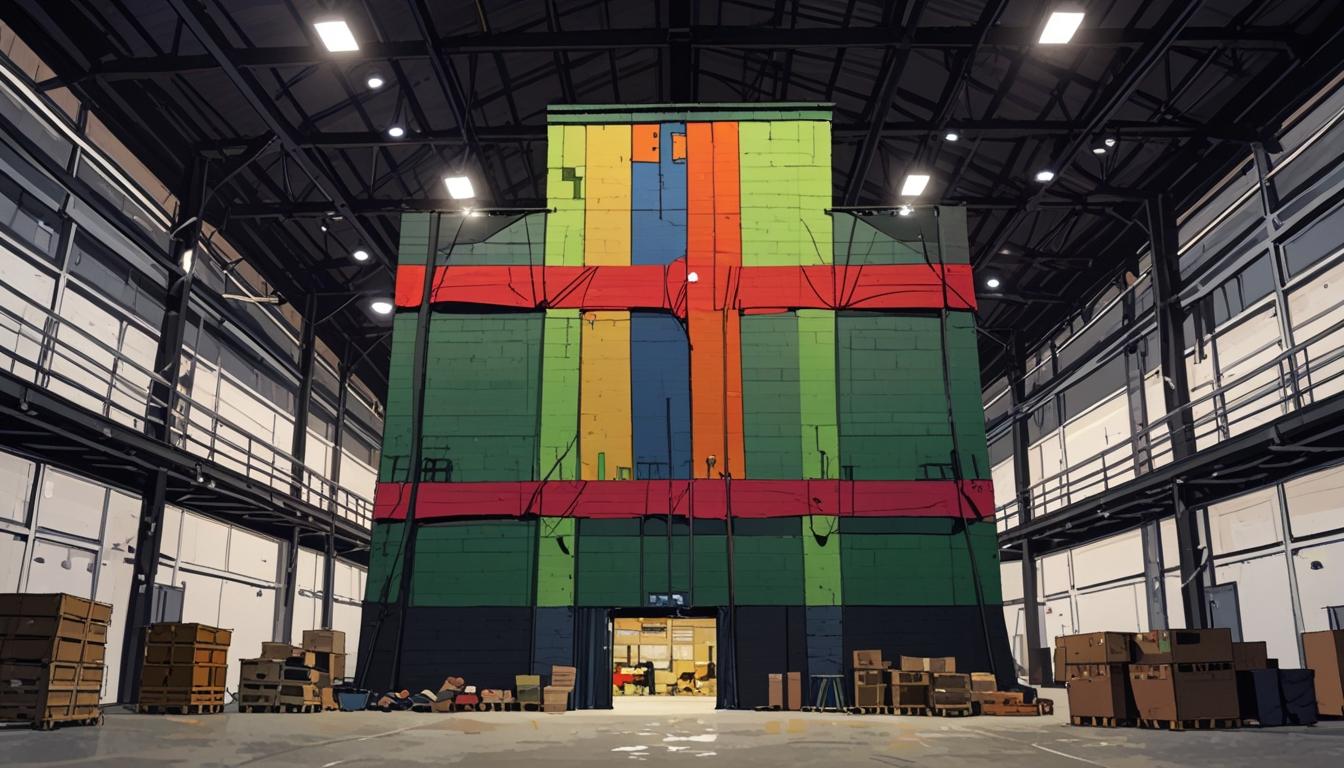A Long Road to Justice: The Grenfell Tower Investigation and Its Implications
In a significant and somber development in the ongoing Grenfell Tower disaster inquiry, the Metropolitan Police are considering the construction of a full-scale replica of parts of the tower. This move, reportedly aimed at aiding juries in comprehending the complexities of the fire's spread during potential future trials, has raised eyebrows among the families of the victims who continue to grapple with the opaque nature of justice.
The tragic fire, which occurred on June 14, 2017, led to the loss of 72 lives and exposed systemic failures in safety regulations surrounding high-rise buildings in the UK. While the police investigation, codenamed Operation Northleigh, has now enlisted a team of 180 investigators at an estimated cost of nearly £24 million for the current year alone, dedicated families have expressed despair over the drawn-out process, which they fear might not culminate in justice. As expressed by a representative from Grenfell Next of Kin, the organisation representing the relatives of many victims, “the trust is broken in the Met Police and the systems” designed to protect them.
The proposal for a reconstruction, which would involve a detailed model built inside a warehouse for jury observation, aims to clarify technical evidence that has proven difficult to convey in court. Det Supt Garry Moncrieff, the senior investigating officer, emphasised the need for a thorough understanding of the evidence by jurors, stating, “As you more than anyone understand, this investigation has taken so long primarily because it is so complex.” However, as the timelines stretch until at least 2026 for potential trials, the anguish of waiting for justice weighs heavily on the bereaved.
This complexity arises from not just the sheer volume of evidence—exceeding a million words in preliminary reports—but also from intertwined investigations. The simultaneous public inquiry and criminal investigation, both probing the failings of numerous governmental and corporate entities, have steeped the process in layers of difficulty. Over 19 companies, including construction and cladding manufacturers, are implicated alongside 58 individuals, raising the spectre of long legal battles that may extend well into the next decade.
Amidst this, Kensington and Chelsea council has filed a lawsuit against Beko Europe, the maker of the fridge-freezer believed to have sparked the fire, claiming negligence in safety testing. This move is part of broader litigation aimed at holding numerous parties accountable for their roles in the tragedy, which is emblematic of deeper issues in building safety standards across the country.
The final report from the public inquiry, released recently, paints a stark picture of negligence. Regulatory bodies and manufacturers stand accused of prioritising profit over safety, with damning conclusions having emerged about the use of combustible materials on the tower during its refurbishment. Local council failures to enforce safety compliance have also come under scrutiny. The inquiry identified a culture of complacency among construction firms and regulatory agencies, which collectively contributed to the disaster that claimed dozens of lives.
For the families of Grenfell’s victims, the fight for justice is ongoing. The dismantling of the tower, set to begin after the eighth anniversary of the fire, raises further questions. While some families seek to preserve remnants of the site as a memorial, others view its removal as a necessary step towards healing. The government's commitment to using materials from the demolition in a planned memorial reflects an effort to honour those lost while addressing community sentiment about the tragedy's aftermath.
As the clock ticks towards potential prosecutions, with no anticipated charges until late 2026, a sense of weariness looms over the next of kin. They have expressed fears that the judicial system, engulfed in complexities and guarded by procedural rigor, may ultimately fail to deliver the accountability they seek. The latest communications from the Metropolitan Police acknowledge the profound impact of this prolonged wait, stating: “We cannot begin to imagine the effect that waiting for the outcome of our investigation must have” on the grieving families and survivors of Grenfell.
In this vital, yet painfully protracted journey towards accountability and closure, the Grenfell Tower fire stands not only as a reminder of regulatory shortcomings but also as an urgent call for reform within the entire framework of building safety and corporate accountability in the UK.
Reference Map:
- Paragraph 1 – [1]
- Paragraph 2 – [1], [4]
- Paragraph 3 – [1], [2], [3]
- Paragraph 4 – [6], [7]
- Paragraph 5 – [2], [4]
- Paragraph 6 – [5]
Source: Noah Wire Services
